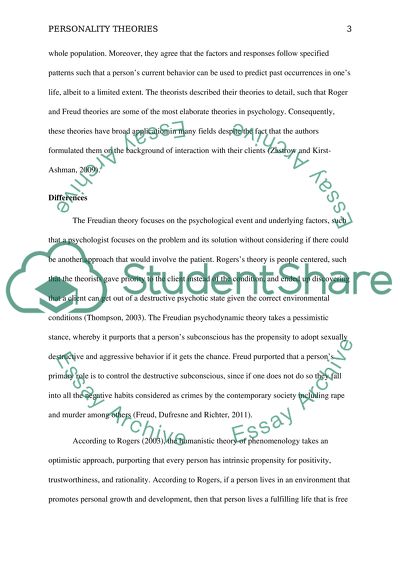Cite this document
(“Compare and Contrast of Two Personality Theories Essay”, n.d.)
Retrieved from https://studentshare.org/psychology/1446196-compare-and-contrast-of-two-personality-theories
Retrieved from https://studentshare.org/psychology/1446196-compare-and-contrast-of-two-personality-theories
(Compare and Contrast of Two Personality Theories Essay)
https://studentshare.org/psychology/1446196-compare-and-contrast-of-two-personality-theories.
https://studentshare.org/psychology/1446196-compare-and-contrast-of-two-personality-theories.
“Compare and Contrast of Two Personality Theories Essay”, n.d. https://studentshare.org/psychology/1446196-compare-and-contrast-of-two-personality-theories.


